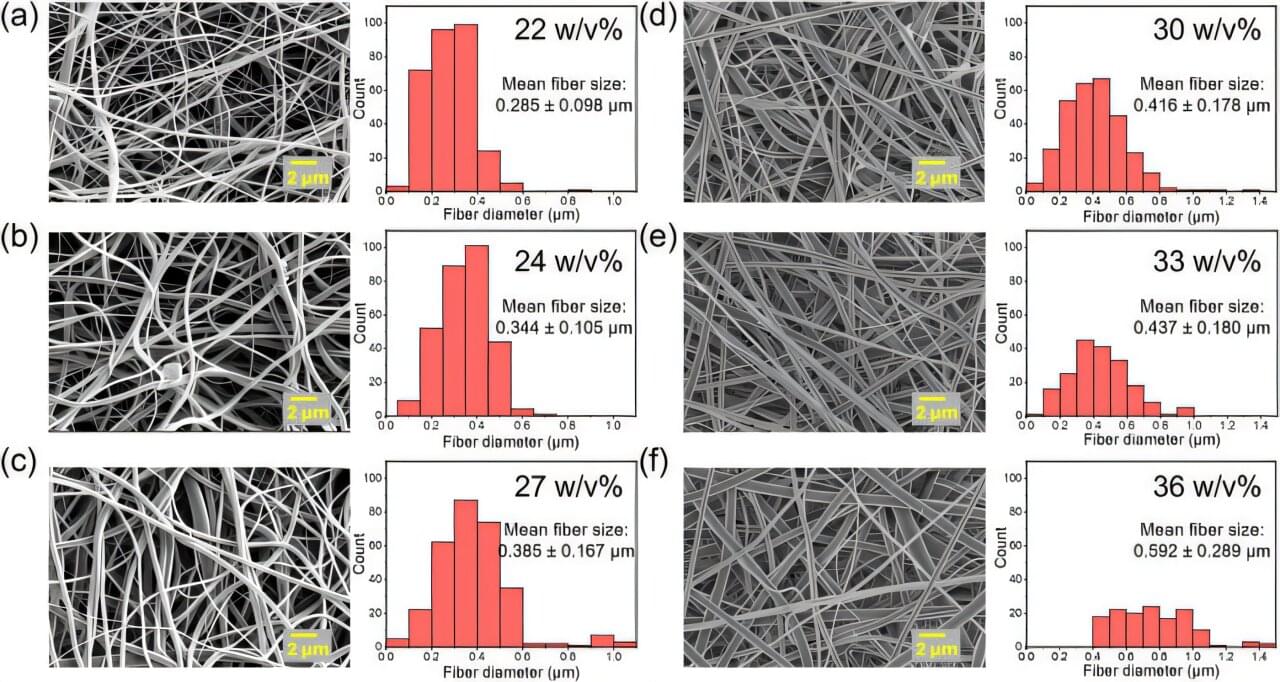The cerebral cortex processes sensory information via a complex network of neural connections. How are these signals modulated to refine perception? A team from the University of Geneva (UNIGE) has identified a mechanism by which certain thalamic projections target neurons and modify their excitability.
The work, published in Nature Communications, reveals a previously unknown form of communication between two regions of the brain, the thalamus and the somatosensory cortex. It could explain why the same sensory stimulus does not always elicit the same sensation and open up new avenues for understanding certain mental disorders.
The same sensory stimulus can be perceived clearly at times, and remain vague at others. This phenomenon can be explained by the way the brain integrates stimuli. For example, touching an object outside our field of vision may be enough to identify it…or not.







